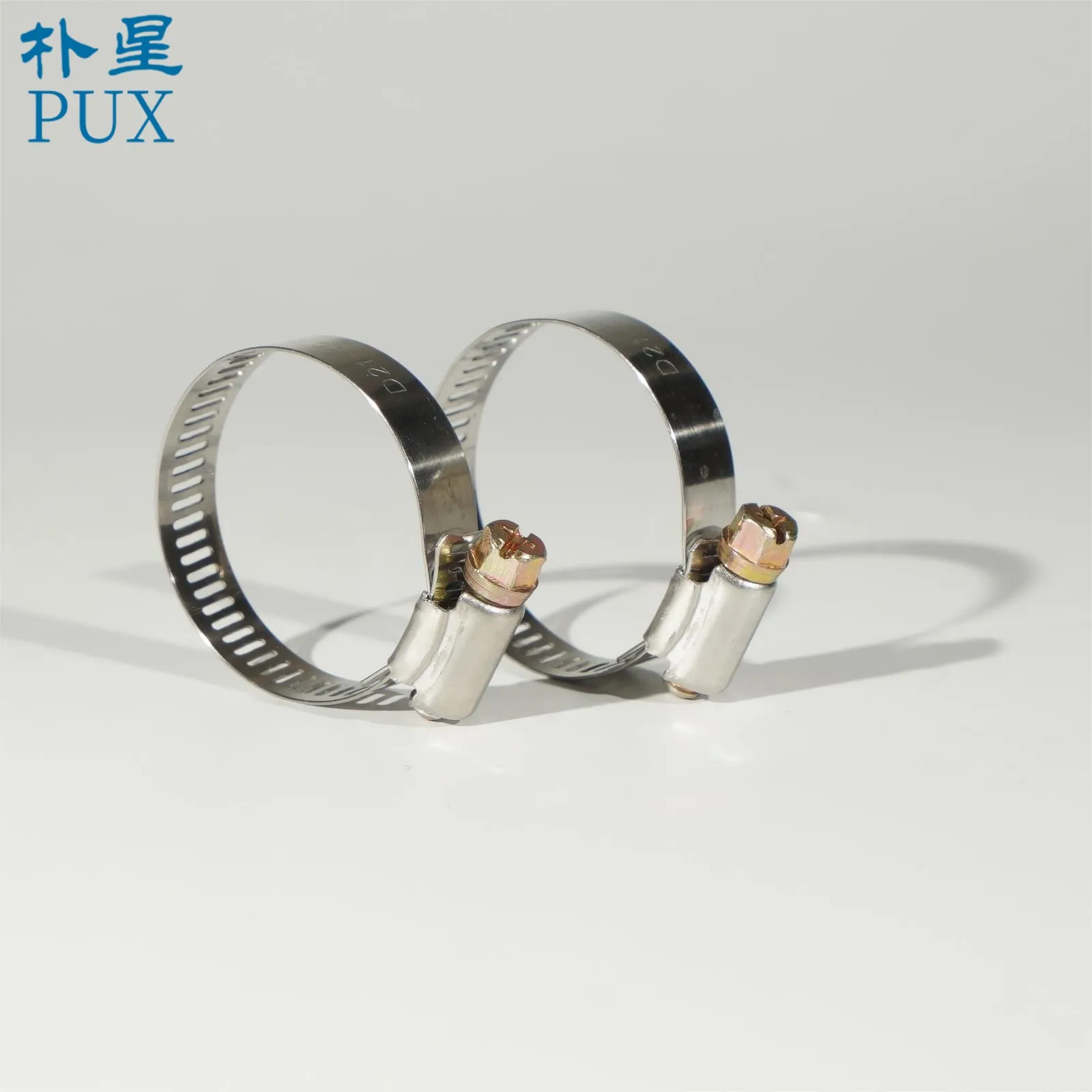- Phone:+86-17331948172 +86-0319-8862898
- E-mail: inquiry@puxingclamp.com
Tach . 18, 2024 21:06 Back to list
Central Boiler Hose Clamps for Efficient and Reliable Heating System Performance
Understanding Central Boiler Hose Clamps A Key Component for Efficient Heating Systems
Central heating systems are essential in many households and commercial establishments, ensuring that spaces remain warm and comfortable during colder months. One often-overlooked aspect of these systems is the importance of the various components that contribute to their efficiency and reliability. Among these components, hose clamps, specifically those used in central boiler systems, play a crucial role. This article delves into the significance of central boiler hose clamps, their types, installation, maintenance, and benefits.
What Are Hose Clamps?
Hose clamps are fastening devices that are used to secure hoses onto fittings, ensuring a tight seal that prevents leaks. In the context of central heating systems, these clamps are vital for holding hoses in place, particularly those that connect the boiler to other parts of the system, such as radiators and pumps. Even a small leak can significantly reduce the efficiency of a heating system, leading to higher energy costs and potential damage to other components.
Types of Hose Clamps
There are several types of hose clamps available, each suitable for different applications. The most common types used in central boiler systems include
1. Stainless Steel Worm Gear Clamps These are highly durable and resistant to corrosion, making them ideal for high-pressure and high-temperature applications. They feature a screw mechanism that allows for easy tightening and loosening, ensuring a secure fit.
2. Spring Hose Clamps These clamps offer flexibility and a permanent grip, automatically adjusting to variations in hose diameter caused by temperature changes. Spring clamps are generally suitable for low-pressure applications.
3. T-Bolt Clamps These clamps are designed for heavy-duty applications and provide a uniform sealing force. They can handle higher pressures than traditional worm gear clamps and are widely used in larger central heating systems.
4. Cable Ties While not traditional clamps, cable ties can be useful for securing hoses in place in low-pressure environments. They are quick to install but should be used cautiously as they may not provide adequate sealing for high-pressure applications.
Installation of Hose Clamps
Proper installation of hose clamps is crucial for the performance and longevity of a central heating system. Here are some key steps to ensure effective installation
central boiler hose clamps

1. Clean the Area Before attaching a hose clamp, ensure that both the hose and the fitting are clean and free of debris. This prevents contaminants from compromising the seal.
2. Position the Clamp Place the hose clamp around the hose, ensuring it sits evenly against the fitting. Misalignment can lead to leaks.
3. Tighten the Clamp Use the appropriate tool to tighten the clamp securely. Be cautious not to overtighten, as this may damage the hose or the fitting. A snug fit is usually sufficient for preventing leaks.
4. Inspect Regularly After installation, regularly check the clamps for snugness and signs of wear or corrosion, particularly in environments with high humidity or fluctuating temperatures.
Maintenance and Benefits
Regular maintenance of hose clamps can enhance the overall efficiency of a central boiler system. Checking for signs of wear, rust, or loosening is essential. Over time, rubber hoses can deteriorate due to exposure to heat and pressure, leading to potential leaks. By proactively inspecting and replacing compromised clamps, homeowners can avoid costly repairs and ensure their heating system operates smoothly.
The benefits of using the right hose clamps in central boiler systems include
- Leak Prevention A secure hose connection minimizes the risk of leaks, which can lead to water damage and increased energy costs.
- Enhanced Efficiency A well-maintained system runs more efficiently, leading to lower utility bills and a reduced carbon footprint.
- Increased Longevity Properly secured hoses and fittings contribute to the overall lifespan of the heating system, delaying the need for replacements.
In conclusion, central boiler hose clamps may seem like minor components in the grand scheme of heating systems, but their importance cannot be overstated. Ensuring that hoses are secure and leak-free is crucial for maintaining the efficiency and effectiveness of central heating systems. With the right knowledge and tools, homeowners can confidently manage their system's maintenance, ensuring comfort and reliability during the cold months.
-
High Quality T Bolt Hose Clip Factory & Suppliers Durable Stainless Steel Hose Clamps for Industrial Use
NewsJul.08,2025
-
High-Quality Hose Clamp & T Clamp Hose Clamp Reliable Factory & Suppliers
NewsJul.08,2025
-
Cold Rolled Stainless Steel Band - Premium Quality Supplier & Factory Price
NewsJul.08,2025
-
High-Quality Steel Strip from China Stainless Steel Coil & Cold Rolled Carbon Strip Manufacturer & Supplier
NewsJul.07,2025
-
High-Quality T Bolt Hose Clip from Leading Factory & Suppliers Reliable t bolt hose clip Factories
NewsJul.07,2025
-
Mini Hose Clamp Manufacturer & Supplier Precision Hose Clamps Mini Clamp Factory
NewsJul.07,2025




